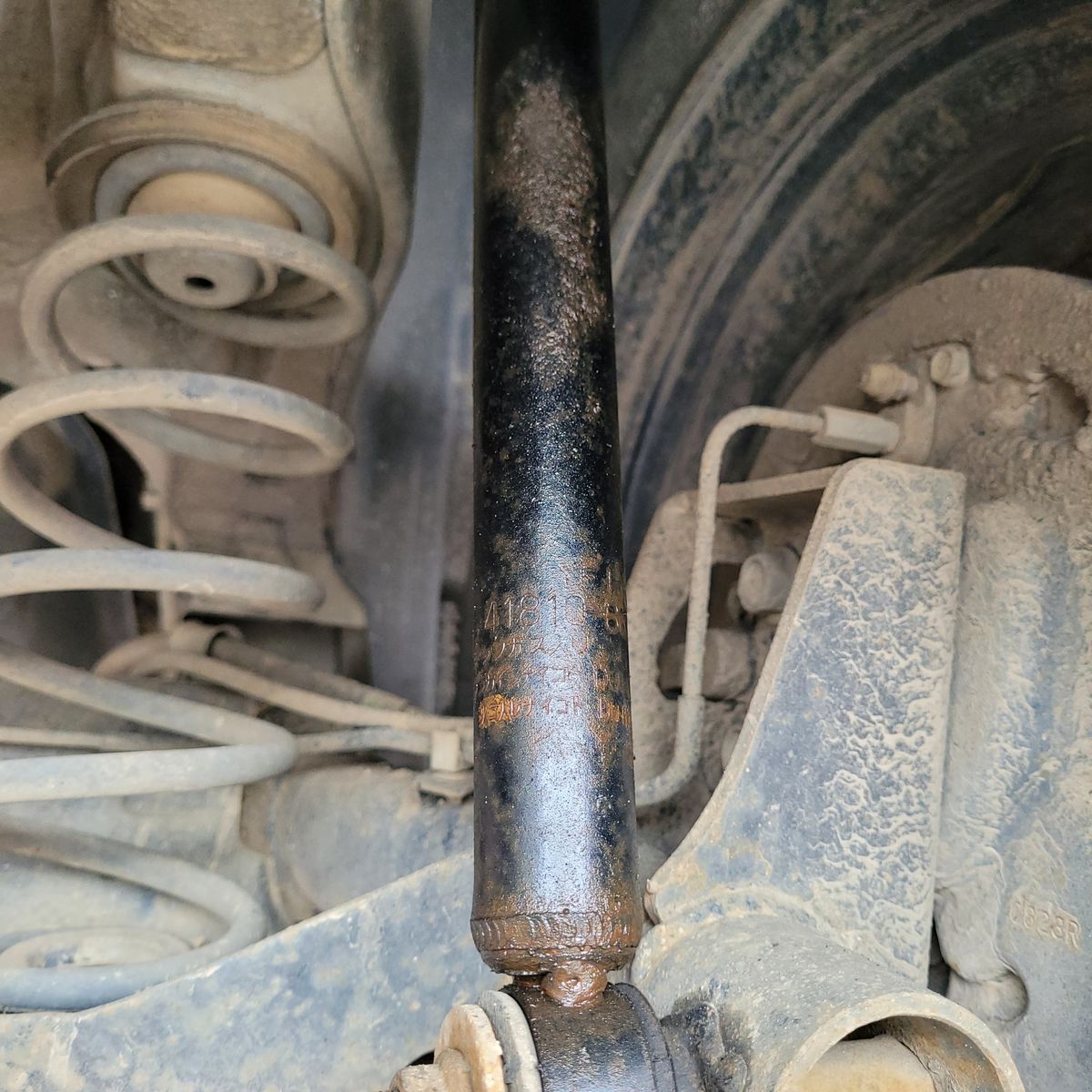If you’ve owned a car in Hamilton for more than five minutes, you’ll know how the roads dish out a hiding — Te Rapa Straight’s stop-start grind, the potholes hiding in Rototuna, all those speed bumps down Hukanui Road or the odd backroad mission through Tamahere on a foggy winter morning. Your car’s suspension cops it from every angle, so when someone asks about WOF shock absorber tips, I know exactly why. Here’s a few real-world, Hamilton-tested tips that’ll help you get your WOF sorted — with a few workshop stories mixed in from working here at Grimmer Motors, servicing everything from Honda Fits to Peugeot 3008s, Nissan X-Trails, and yes, the odd Isuzu MU-X that’s seen more gravel than SH3 heading to Te Awamutu.
1. Get Those Shocks Checked Properly, Not Just a Quick Look
You’d be surprised how many BMW 1 Series or Suzuki Swifts roll into the shop and the owner reckons they’re sweet — till we take a proper look. Sometimes it’s leaking fluid, sometimes it’s just too much bounce after a bump near The Base. The quick glance under the wheel arch might spot obvious dramas, but it’s the road test that really tells you if the car feels “floaty” or likes to dip its nose. One of our techs always gives it a solid shakedown, like you’d get driving down Avalon Drive in the rain. Catching worn shocks early helps your brakes, your steering — and means you’ll pass that WOF Hamilton inspection no worries. Check out more about dynamic road testing here and why regular checks actually matter.
2. Don’t Cheap Out on Parts — Quality Pays Off
If the shocks are cactus on your Mitsubishi Eclipse Cross or that Toyota Estima you got for the big family runs to Cambridge, using bargain bin stuff is a false economy. Trust me, we see it all the time. Cheap knockoff parts (yeah, those ones that seem like a deal online) often only last through a couple of Hamilton winters — then you’re back with the same WOF headache. We use decent quality gear that matches or beats OEM. Costs a bit more up front, but you’ll notice how much nicer it is — especially when braking hard near Dinsdale or hauling the gang over to Morrinsville. Here’s the difference quality makes and why we only use good gear.
3. Don’t Just Replace the Shocks — Look at the Whole Suspension
Had a Hyundai Ioniq in from Matangi just last week — another shop did the shocks, but it was still knocking over bumps outside Hamilton East Primary. Turns out, the old control arm bushings were worn, plus a coil spring in the back had seen better days. That’s why we check everything together — mounts, bushings, springs — not just the shocks on their own. Otherwise, you end up with a car that’s still clunky, or worse — wasting money on new parts bolted to tired old bits. When the whole lot’s sorted, you’re set for a much smoother ride over those Queenwood speed bumps or on a summer cruise up to Ngāruawāhia. Full system check info here.
4. Always Get a Wheel Alignment After
This one trips people up, especially the DIYers with a Mazda Demio or a Mercedes GLA. Swapping shocks is only half the job — you’ll need a fresh wheel alignment after. If you skip it, you’ll chew through tyres quicker than you realise, the steering will feel off (especially cough cough, on the Expressway), and your fuel bill gets worse. We always align the wheels once the new shocks are on, so whether you’re crossing Boundary Road for work or heading out to Raglan, your car just feels “right”. More on wheel alignment here.
Wrapping Up
So, if your car is feeling a bit rough, knocking over potholes in Nawton, or just failed a WOF in Hamilton — pop in for a service. At Grimmer Motors we’ll give you:
-
Blunt, honest advice from local techs who actually drive these roads
-
Good, reliable parts that’ll handle anything from fog to February sun
-
A proper check, not just a fast fix
-
Confidence to cruise around Hamilton or out to Te Kowhai, knowing your suspension is sorted
If you want to have a yarn or book your car in for a check, visit our website.

